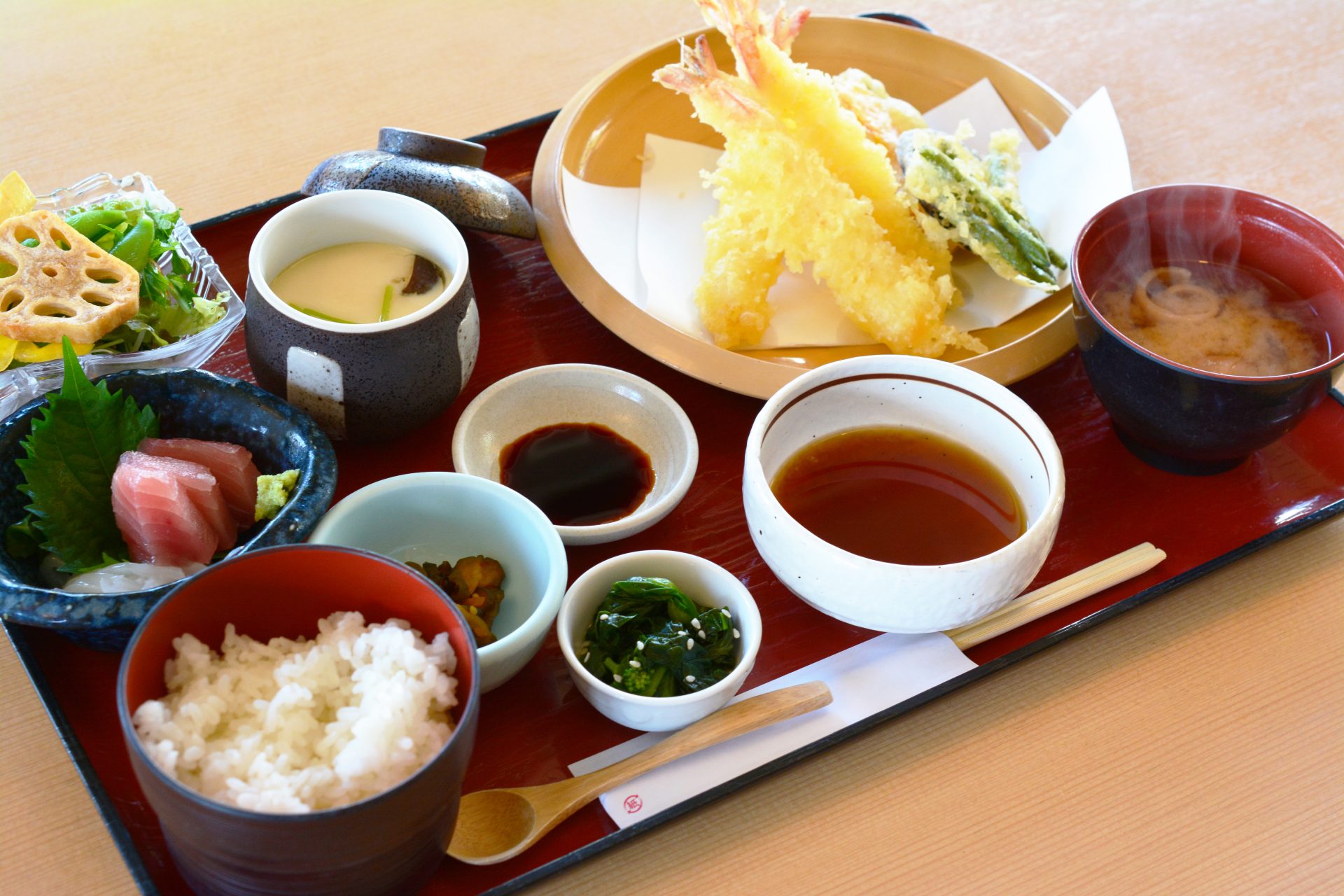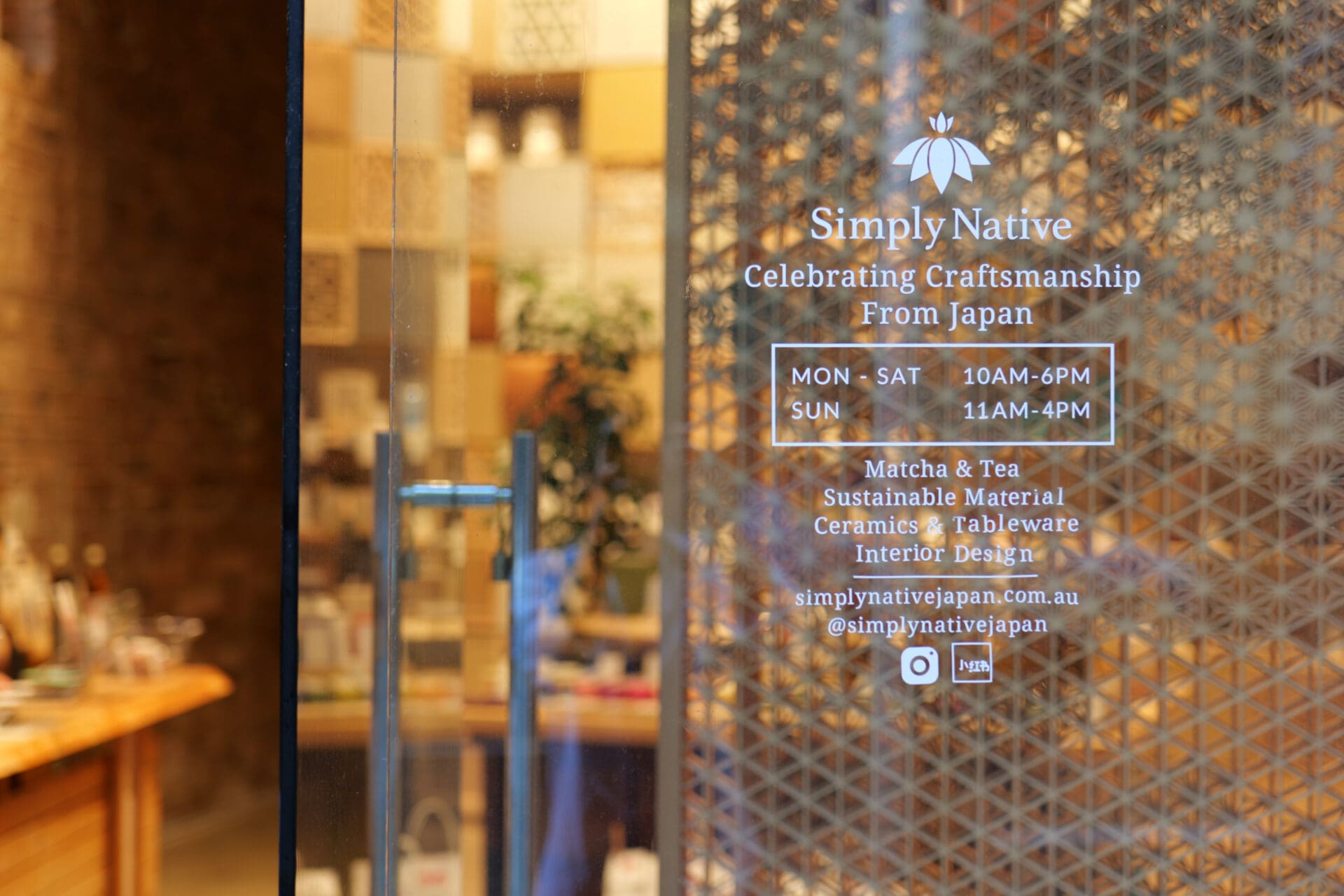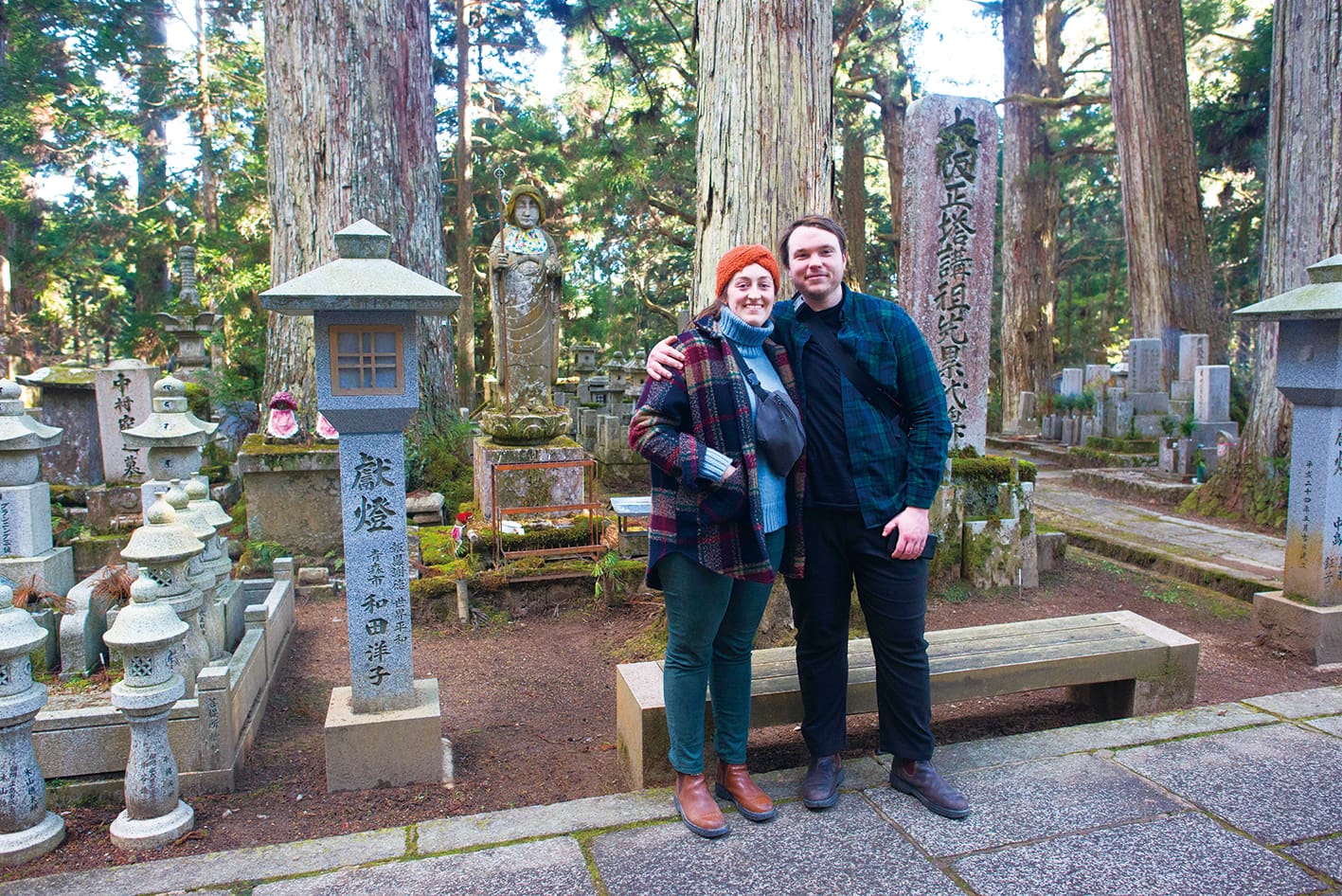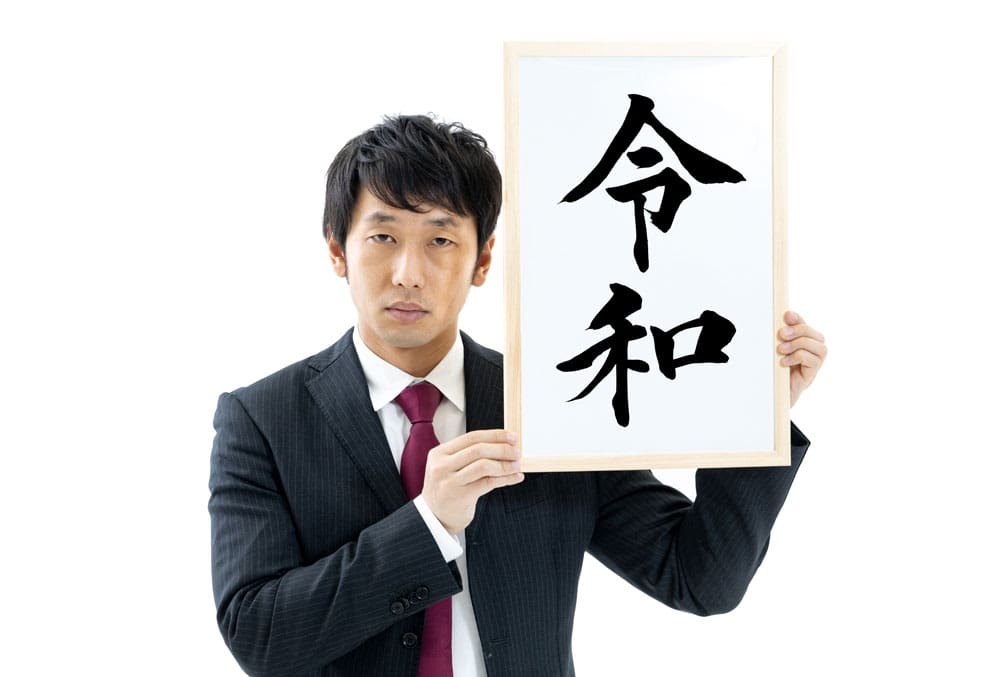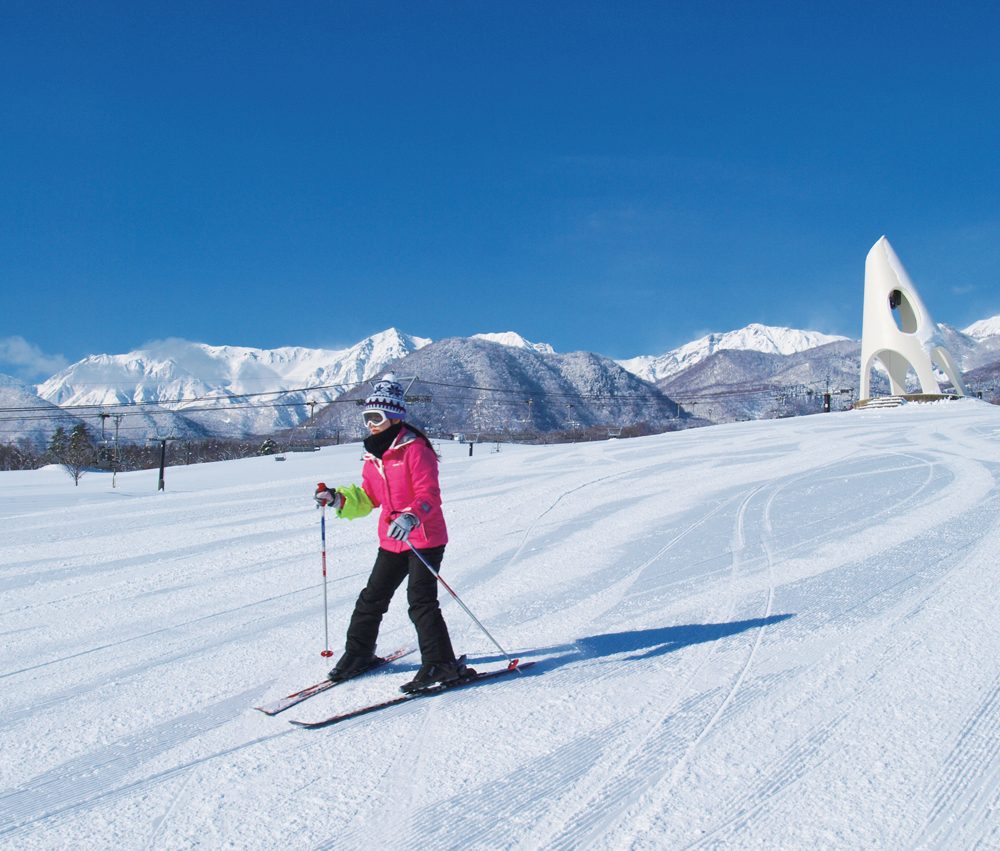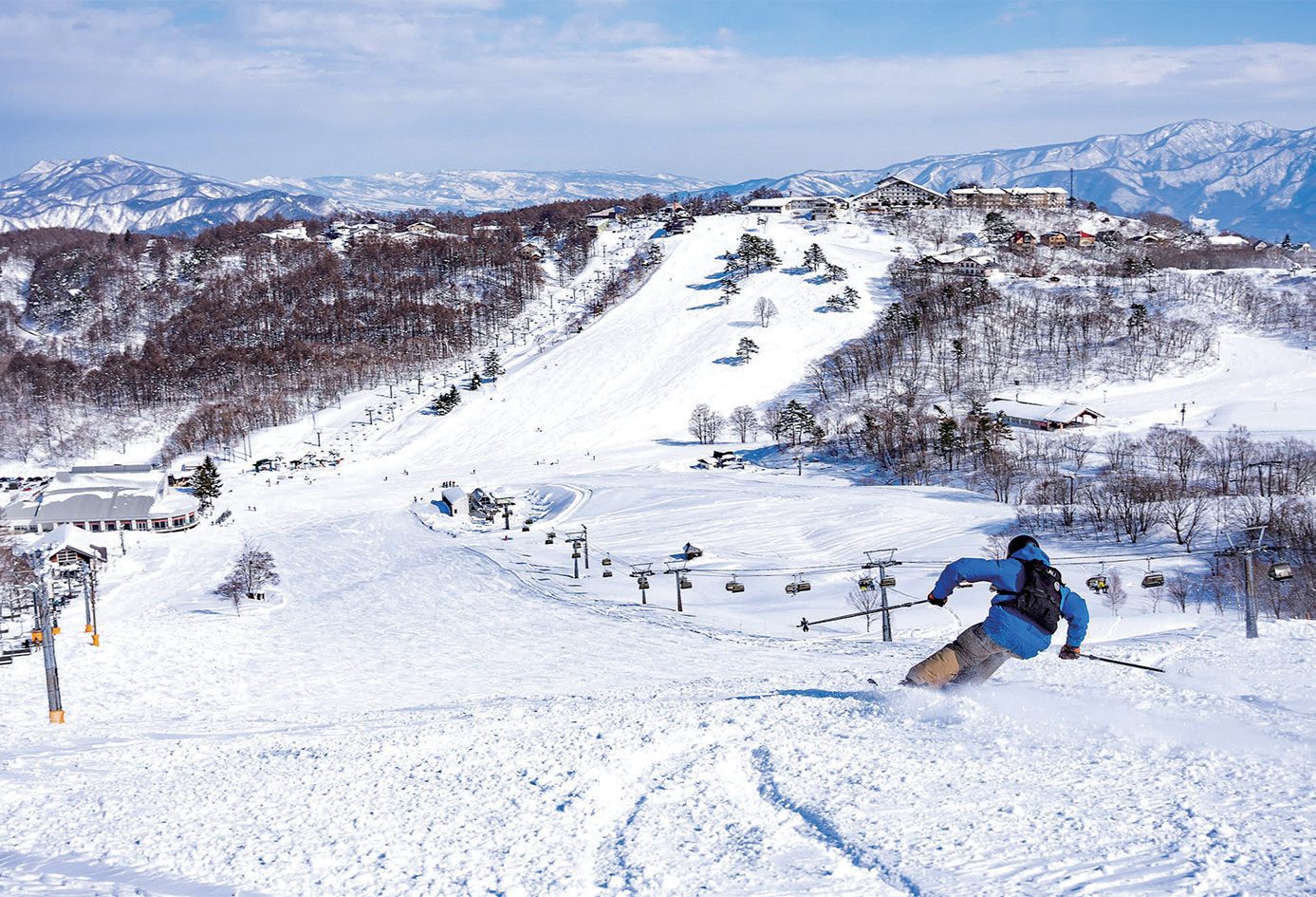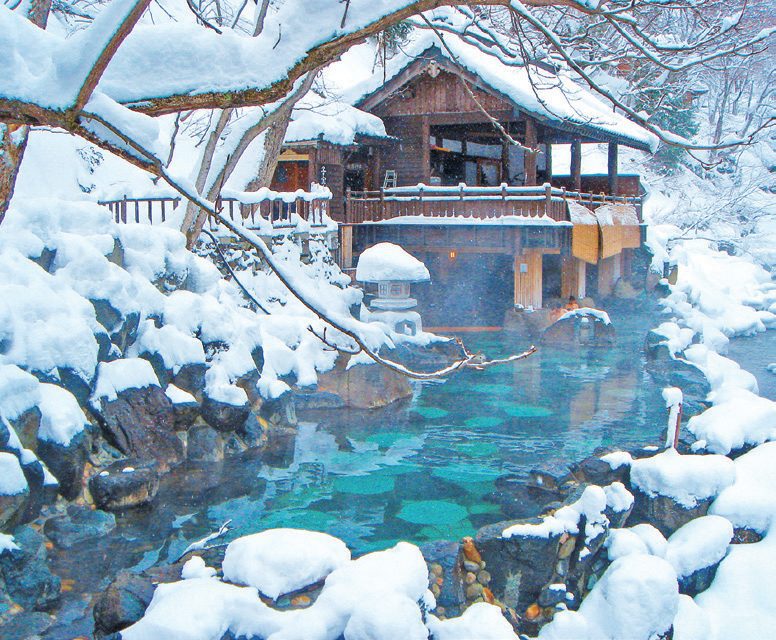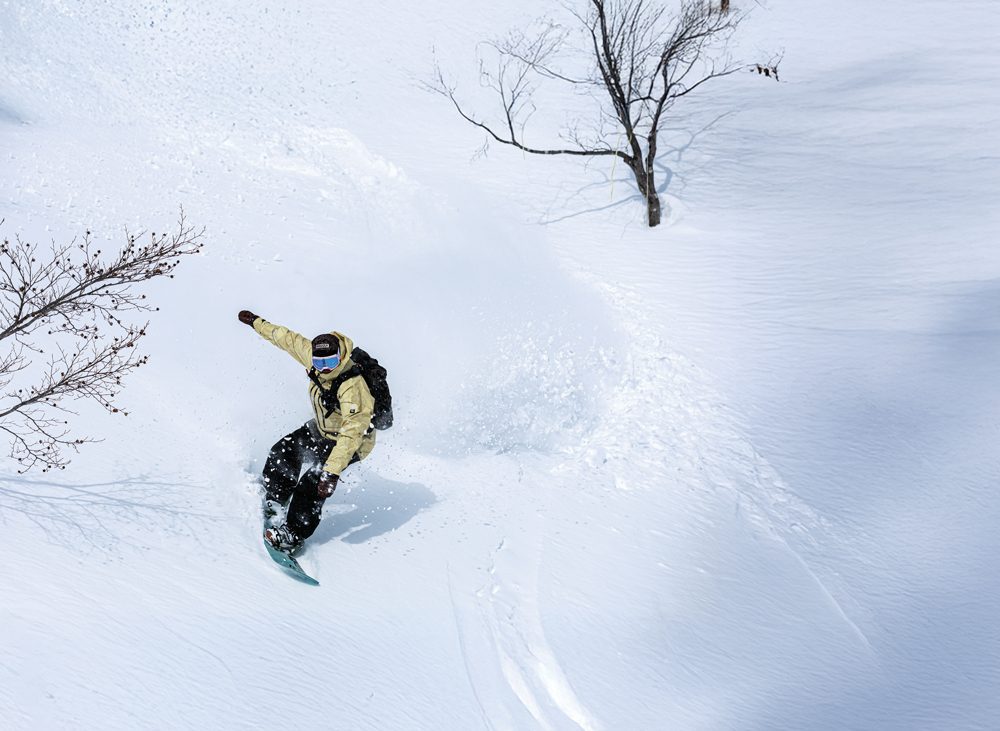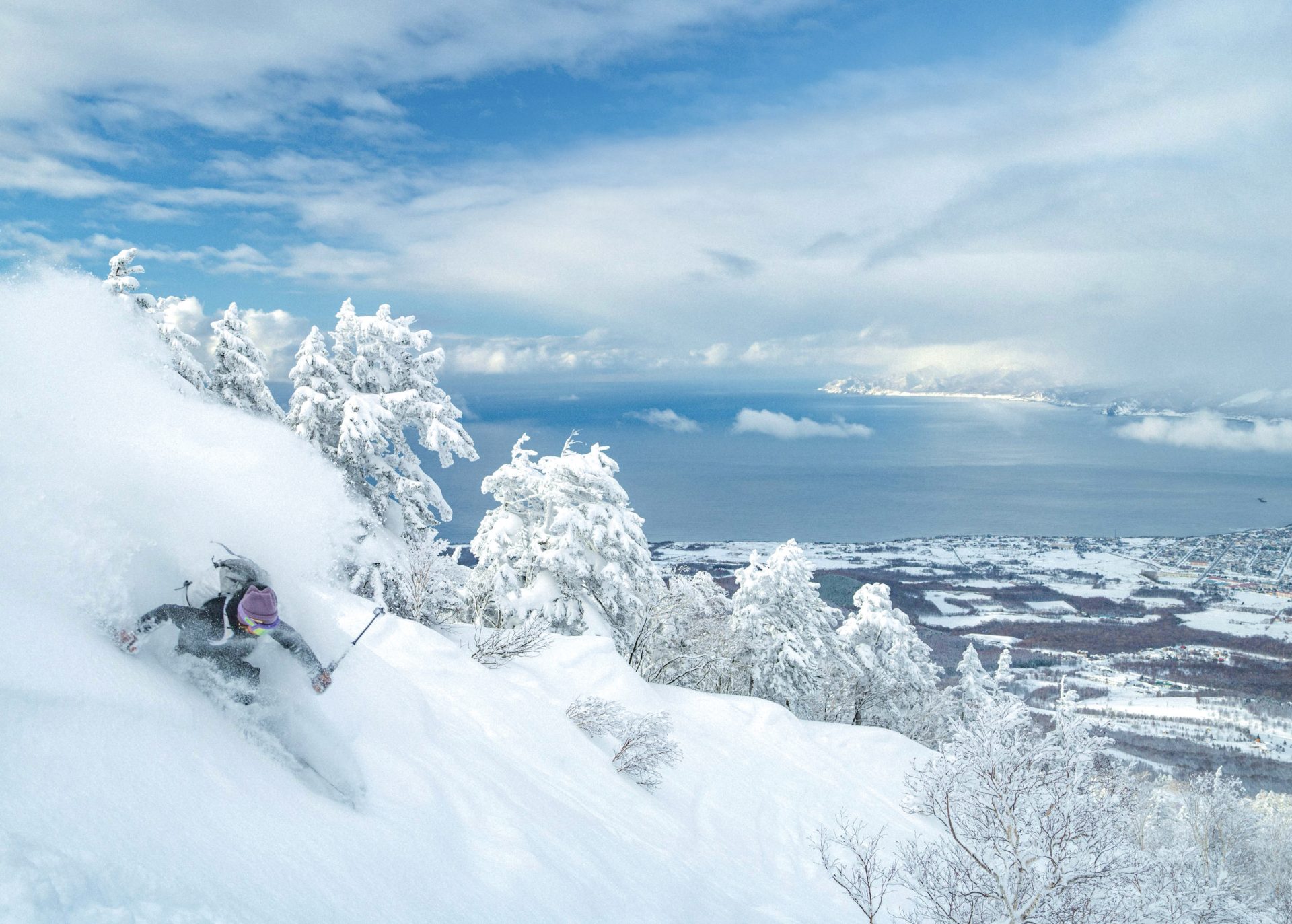
Autumn is for…
In Japan, aki (“autumn”) is also known as dokusho no aki (“autumn of reading”), shokuyoku no aki (“autumn of appetite”), supōtsu no aki (“autumn of sports”), or geijutsu no aki (“autumn of arts”).
Autumn is viewed as the season to wind own after a busy, often humid summer period. It is also a prime opportunity to explore new activities before the cold and (once again) busy winter months over the new year period.
Categories of autumn
The four seasonal phrases can be used to describe the various activities which are suitable for autumn:
1. Dokusho no aki
Chinese poet and philosopher, Han Yu, wrote a poem during the Tang dynasty: “autumn is the best season to read books under light during the night”. This activity became very popular since the famous Japanese novelist, Natsume Sōseki, referenced this poem in his 1908 novel, “Sanshirō”.
Every year, there is dokusho no hi (“Reading Day”) on 27 October, and dokusho shūkan (“Reading Week”) between 27 October and 9 November. Schools across Japan encourage students to participate in more reading activities during this period, and many book stores and libraries run campaigns to target the adult population.
2. Shokuyoku no aki
Just like animals that hibernate during winter, humans also instinctively increase their appetite to store fat in their bodies during autumn, in preparation for the cold months ahead. In Japan, there are many seasonal foods for autumn, such as the aromatic matsutake gohan (pine mushroom rice), piping hot yakiimo (baked sweet potato), salt-grilled sanma (mackerel pike), juicy pears and persimmons… the delectable list goes on! Bon appétit
3. Supōtsu no aki
The root of this idiom is tied to the Tōkyō Olympic Games, which was held during autumn in 1964. Since the opening ceremony took place on 10 October, there has been a commemorative national holiday called tai-iku no hi (“Sports Day”) every year, which is observed on the second Monday of October. Many schools across Japan hold sports carnivals around this time.
4. Geijutsu no aki
The phrase of “autumn of arts” was used in a famous Japanese magazine, Shinchō, in 1918. Many art museums open for free on 3 November, the national holiday known as bunka no hi (“Culture Day”) in Japan. There are many prestigious art exhibitions held during this season as well, such as the nikaten (Nika Art Exhibition), nitten (Japan Fine Arts Exhibition), and inten (Japan Art Academy Exhibition).
Author
Shunichi Ikeda
BAS Hons (ANU)
MEd (SUNY at Buffalo)
Visiting Fellow, ANU College of Asia and the Pacific


